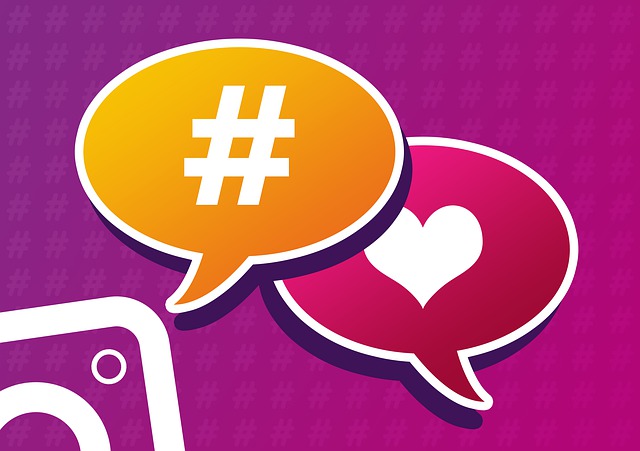
Hotel Social Media Marketing – Too Many Hashtags Can Spoil The Party
How Many Hashtags Can You Use?
Different platforms have different hashtag restrictions. Below are maximum number of hashtags allowed on the popular social media platforms:
- Instagram: Up to 30 hashtags on a post, and up to 10 on a Story.
- Facebook: No hashtag limit
- LinkedIn: No hashtag limit
- Pinterest: Up to 20 hashtags
- TikTok: No hashtag limit, as long as it fits within the 300-character limit
- Twitter: No hashtag limit, as long as it fits within the 280-character limit
- YouTube: Up to 60 hashtags, although only the first three will show up above your video title
Source: https://yourmarketingpeople.com/blog/can-you-ever-have-too-many-hashtags/
The above numbers are the maximum hashtags you can officially use on various platforms without any problems. That does not however mean that you should always use the maximum amount of allowed hashtags for each post. Over hashtagging can be quite damaging to your business!
Negative Consequences of Using Excessive Hashtags – Why You Should Avoid It:
When posting content on social media, people have the tendency to use as many hashtags as possible. Is this a good idea? Certainly not. First of all it will make your post look spammy. It can put off your audience and irritate them. It is certainly not a good idea to make a negative impression on people or cause your brand to look bad.

Does the above picture look pretty? Does it look trustworthy and professional?
Just pause and think for a while – why do people try use too many hashtags? It is usually because they are desperate to pull in more viewership and traffic to their posts. So using a lot of hashtags on Instagram or other places signifies that your business is probably not doing too well and you want to maximize your reach and drive more traffic. Will this lead to a favorable impression of your brand?
Second problem with excessive hashtags is that this practice can be distracting. It can distract people from the original message you wanted to share or dilute its effectiveness.
On certain platforms like Twitter, the hashtags are also included in the character count. So you will be left with lesser characters to convey your message or offer.
Studies also indicate that using too many hashtags do not necessarily contribute to spreading your message far and wide. In fact, such a tactic might have an opposite effect by limiting your reach. Here is an interesting example of hashtags to reach ratio. So if you have always been exhausting your hashtags limit on Instagram or Twitter or any platform, its time to revisit your strategy.
How Many Hashtags To Use on Instagram, TikTok, Facebook & Twitter?
How many hashtags are too many? The ideal number differs from platform to platform. On Facebook, use as few as possible as studies seem to indicate that more hashtags can decrease engagement. On Twitter, anywhere between 2-5 hashtags seems to be the ideal number. On Instagram you may use up to 10 hashtags, but anything beyond that is likely to decrease your engagement ratio. On TikTok you can use a similar hashtag number as Instagram.
However keep this in mind – the above recommendations are just that – they are recommendations based on previous studies and data. But in marketing you must do your own experiments. Test and find the sweet spot for your industry and audience on the different platforms.
The principal that you should remember is to not go crazy with hash-tagging. Too many hashtags can be damaging to your brand image, reputation and also your reach. It can play spoilsport to your marketing efforts rather than helping the cause. Keep a lit of and use your best hashtags.
If in doubt, better to play safe and use lesser number. Using too many hashtags ruins the user experience. Avoid hashtag overkill as it can make you look like an amateur or a desperate spammer – not good at all for your brand image. Smart usage of hashtags is important, so check out this article on best hashtag practices. Have fun and attract the ideal audience to your hotels through sensible hash-tagging.
